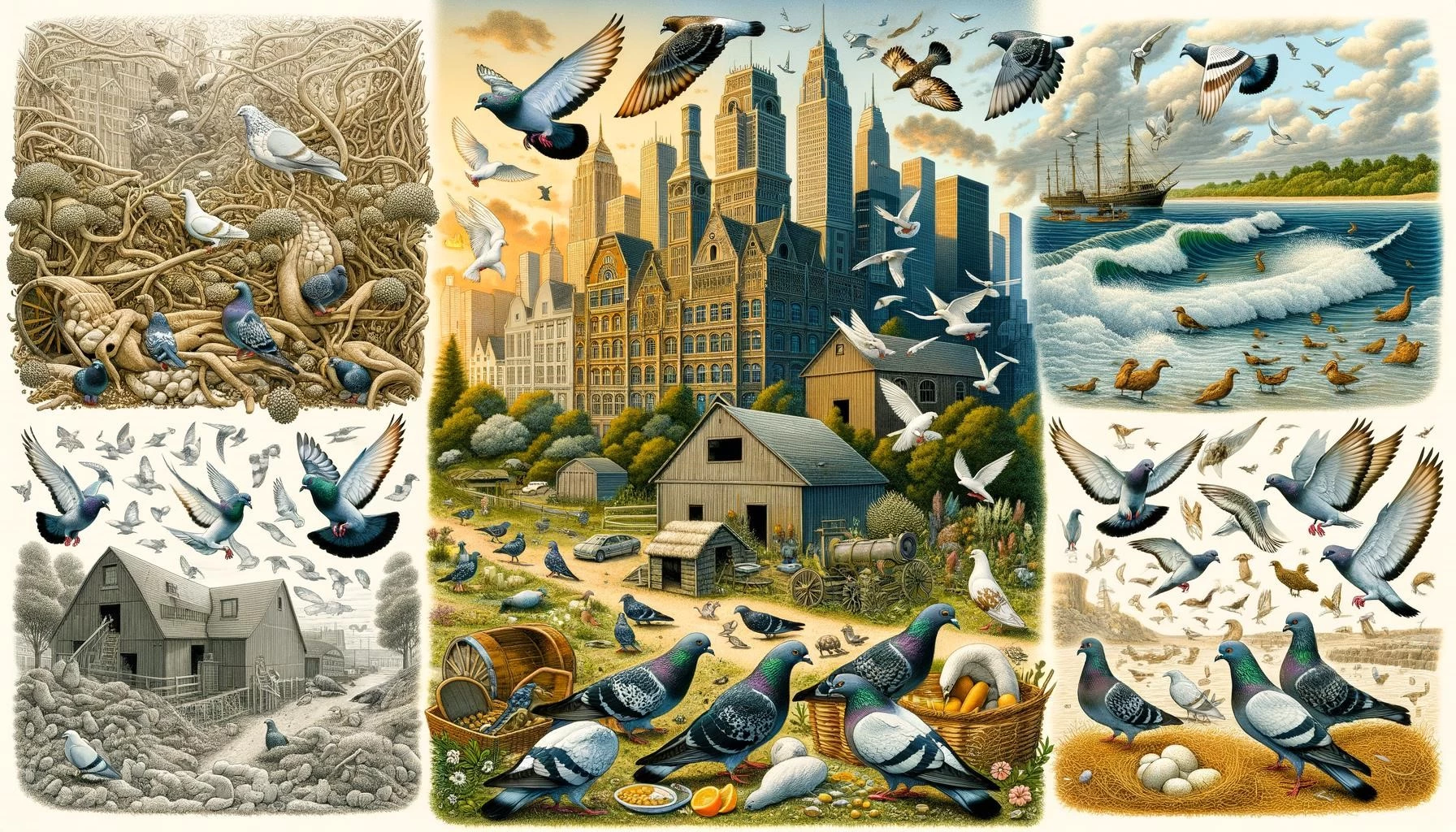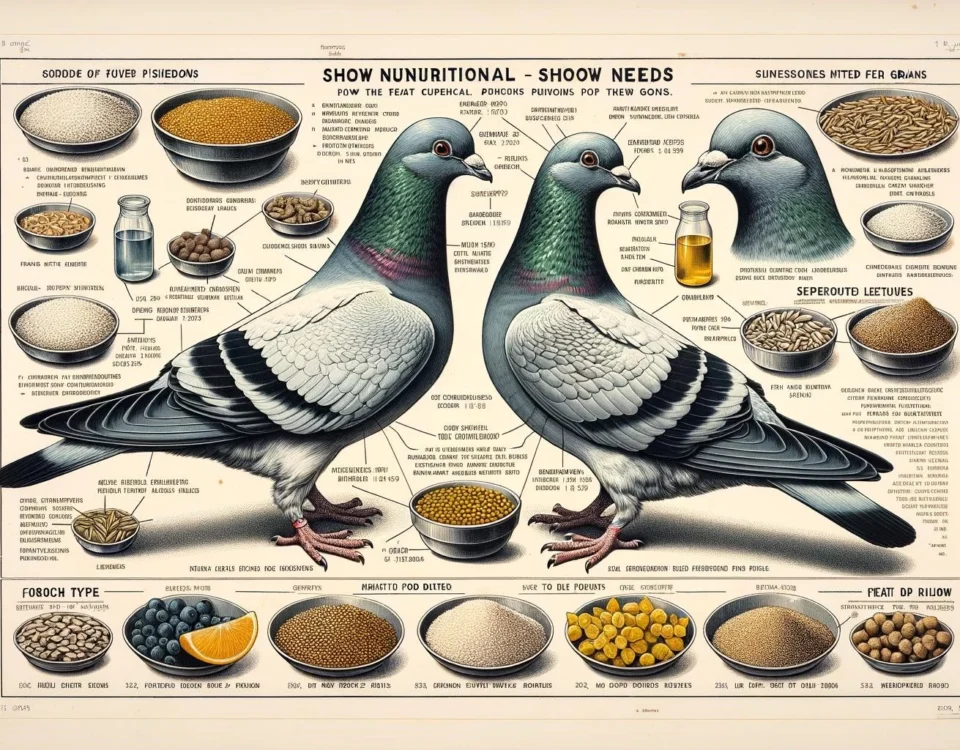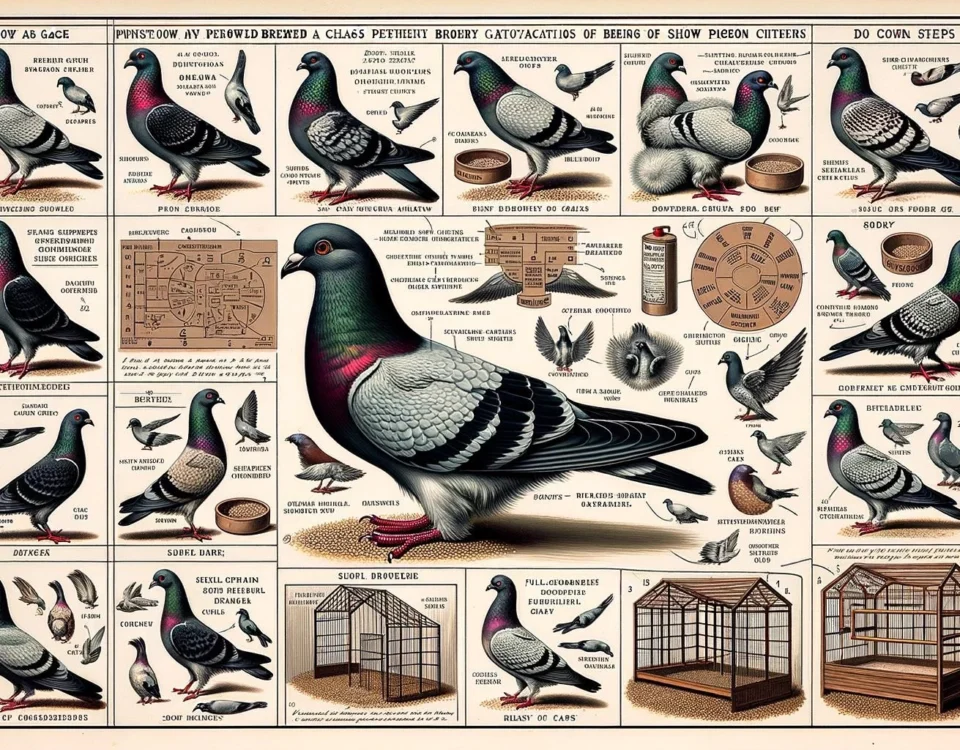Pigeons, specifically the domestic pigeon (Columba livia), have demonstrated remarkable adaptability to various environments and human activities. They have been bred for different purposes, such as racing, show exhibitions, and even as a source of food. Through these selective breeding practices, different pigeon breeds with unique traits and appearances have been developed. In addition to artificial selection, pigeons have also shown the ability to adapt to urban environments, finding ways to thrive amidst the challenges and opportunities of city living.
Key Takeaways
- Pigeons have been selectively bred for various purposes, resulting in the development of different breeds with unique traits and appearances.
- Urbanization has influenced the nesting habits and adaptations of feral pigeons, leading them to utilize man-made structures for nesting and survival.
- Pigeons possess physical adaptations, flight techniques, and flocking behaviors that aid in their survival and ability to thrive in a wide range of environments.
Selective Breeding and Pigeon Breeds
Pigeons have been bred for various purposes, resulting in the development of different breeds with unique traits and appearances. These breeds include racing pigeons, show pigeons, and utility pigeons used as a source of food. Through artificial selection, humans have shaped the genetic material of pigeons to suit their specific needs and preferences.
Racing pigeons, for example, have been selectively bred for their speed, endurance, and navigational abilities. Show pigeons, on the other hand, have been bred for their unique color patterns, feather quality, and physical features. Utility pigeons, like the Homing pigeon, have been bred for their ability to find their way back home over long distances.
Pigeons and Urban Adaptation
Urban environments pose unique challenges and opportunities for animals, and pigeons have demonstrated remarkable adaptability to city living. Feral pigeons, in particular, have adapted to utilize man-made structures as nesting sites. Rooftops, ledges, and even air vents have become their homes in urban areas where natural nesting spaces are limited.
Additionally, pigeons are naturally attracted to the hard surfaces and structures found in cities, which mimic their natural habitat on rocky seaside cliffs. This attraction to urban structures, combined with their ability to scavenge food from human activities, has allowed pigeons to thrive in urban environments.
Furthermore, pigeons exhibit flocking behavior, which provides them with protection from predators and the ability to find food and water sources collectively. Their social nature and adaptation to flocking enable them to navigate the challenges of urban life more effectively.
Physical Adaptations and Flight Techniques
Pigeons possess physical adaptations that allow them to thrive in a wide range of environments. Their strong wings and efficient flight mechanics enable them to maintain steady and swift flight for extended periods. Pigeons have a streamlined body shape that minimizes air resistance, allowing them to achieve high speeds.
Moreover, pigeons have remarkable navigational abilities, which help them find their way back to their homes even over long distances. They can use landmarks, the position of the sun, Earth’s magnetic field, and other cues to orient themselves during their flights.
Flocking behavior is another adaptation that contributes to the survival of pigeons. By flying in flocks, pigeons can collectively search for food, find water sources, and protect themselves from predators. The collective intelligence and cooperation within the flock enhance their chances of survival in challenging environments.
In conclusion, pigeons have demonstrated remarkable adaptability through both selective breeding practices and their ability to thrive in urban environments. They have adapted their nesting habits, utilized man-made structures, and developed physical and behavioral traits that enable them to survive and even thrive amidst the challenges and opportunities of human-altered landscapes.








